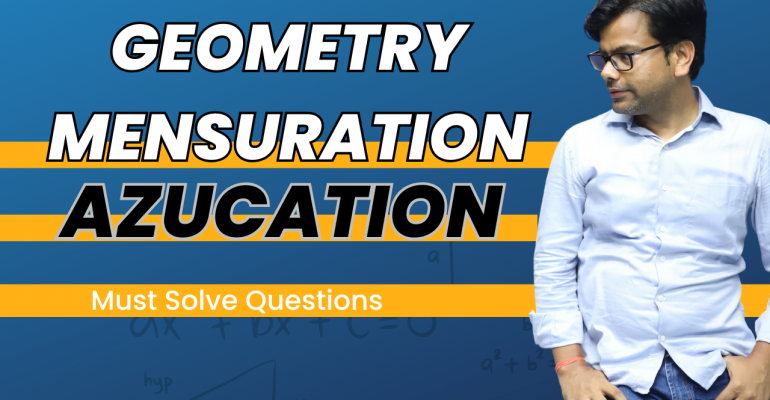Locus of a Point – Concept and All Common Types
June 4, 2024 2025-06-04 15:54Locus of a Point – Concept and All Common Types

Locus of a Point – Concept and All Common Types
📍 Locus of a Point – Concept and All Common Types
In geometry, the locus of a point is the set of all positions (points) that satisfy a particular condition or set of conditions. Let’s explore the different types of loci with clear examples and visuals.
🔸 Definition of Locus
The word locus means the path traced by a point that moves under a given condition.
1️⃣ Locus of a Point Equidistant from a Fixed Point – Circle
This is the most basic and common locus:
- The set of points that are always at a constant distance from a fixed point (called the center).
- The fixed distance is called the radius.
2️⃣ Locus of a Point Equidistant from Two Fixed Points – Perpendicular Bisector
If a point moves such that it is always equidistant from two fixed points \( A \) and \( B \), its path forms the perpendicular bisector of segment \( AB \).
3️⃣ Locus of a Point Equidistant from a Given Line – Parallel Line
The locus of a point that remains at a constant perpendicular distance from a given line is a line parallel to the given line.
4️⃣ Locus of a Point Equidistant from Two Intersecting Lines – Angle Bisector
If two lines intersect and a point moves such that it maintains equal distance from both lines, the locus of that point is the angle bisector of the angle formed between them.
📌 Summary Table of Common Loci
| Condition | Locus Formed |
|---|---|
| Equidistant from a fixed point | Circle |
| Equidistant from two points | Perpendicular bisector |
| Equidistant from a given line | Parallel line |
| Equidistant from two intersecting lines | Angle bisector |
🎯 Final Thought
Understanding loci helps in solving coordinate geometry, construction, and distance-related problems in competitive exams. Always ask: “What is fixed?” and “What must remain equal or constant?” That leads directly to the correct path—literally!
Explore the path of logic through geometry! 🧭























Search
Featured Courses










